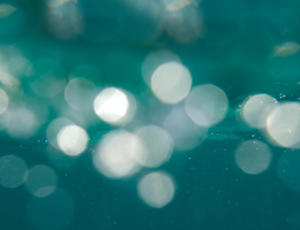The textile industry uses water in large quantities to apply dyes and finishing agents and generate steam for the production processes. How do you treat high volumes of wastewater that can be contaminated with dyes, dissolved solids, suspended solids, and toxic metals before discharging to the public treatment sewer system?
We help solve the challenges of textile production facilities. As each site is different, finding the solution involves a bench-scale simulation to determine the exact design configuration.
Textile wastewaters typically have the following characteristics:
- High levels of COD
- High concentration of suspended solids (e.g. fibers from the production process)
- High concentrations of total dissolved solids
- Dyes
- High temperatures
- Toxic compounds/metals
MBBR technology makes it easy to design a multi-step process to develop unique micro-flora (bacteria, fungi, etc.) in the different process steps. This makes it possible to remove complex compounds while protecting subsequent steps from toxicity.
The MBBR process is also easy to combine with a variety of post-treatment options as no sludge recycle is required.
References
AnoxKaldnes’ technologies are found in more than 1,200 treatment plants around the world. Contact us for references related to your specific needs.
Contact
Contact us if you have any questions about our solutions or can’t find the information you are looking for.



